Alexander MacKillop – Father of Mary MacKillop
January 20, 2023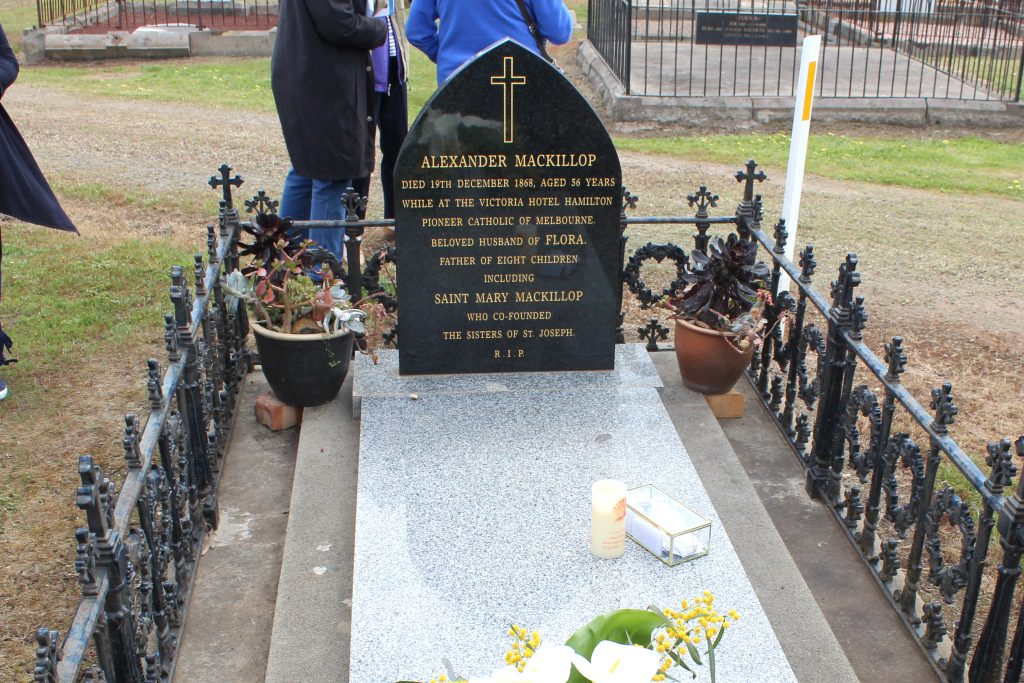
Mary MacKillop’s father Alexander MacKillop was born in the Lochaber district of Scotland in 1812. He died in Hamilton, Victoria (VIC) on 19 December 1868 and is buried there.
Alexander had studied for the priesthood in Rome and for a short time in his homeland in Scotland. However, as he said, “it was not God’s will that I be a priest”, and so in 1838 he migrated to Australia to start a new life.
Remembering the Beatification of Mary MacKillop
January 18, 2023
The Beatification of Mary MacKillop was a historical time for Australians. The naming of a saint born and raised in Australia brought great joy, not only to Catholics, but to many others who had come to know and admire her.
Weatherwise, 19 January 1995 was grey, threatening to rain. In contrast, the prevailing atmosphere was one of pure happiness. You felt it everywhere! This positive atmosphere had also been at the magnificent vigil-concert/display at the Sydney Domain the evening before.
Mary MacKillop’s Cross from the Beginning
January 13, 2023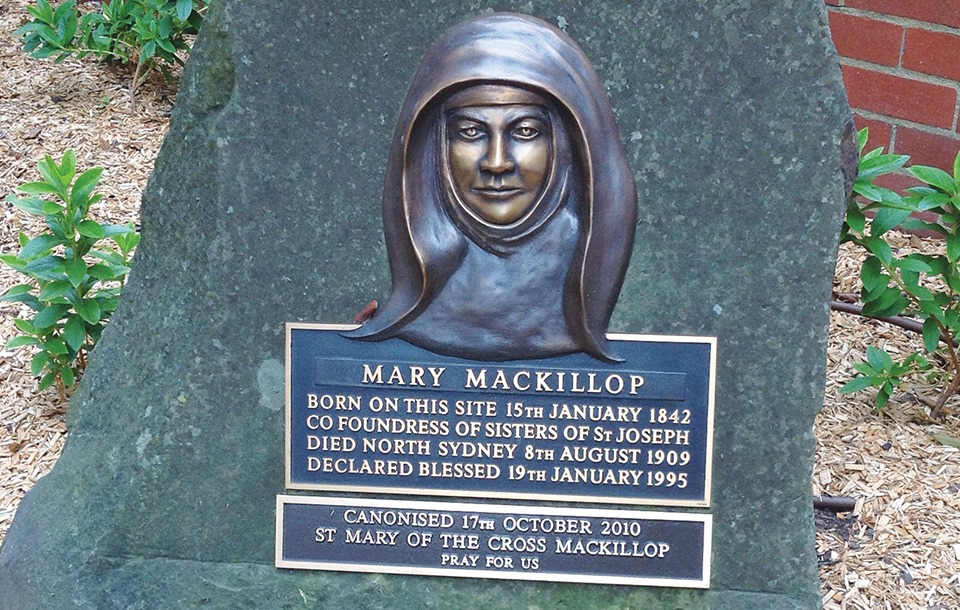
We celebrate the birth of Australia’s first canonised saint and co-founder of the Sisters of Saint Joseph, Mary MacKillop, who was born on 15 January 1842.
Mary MacKillop’s whole life, almost from the time of her conception to her death, was overshadowed by the Cross. Father Geoghegan, priest at St. Francis’ Catholic Church, Melbourne, gave her mother Flora a relic of the Cross said to have been found by Helen, mother of the Emperor Constantine, to wear until her child was born. She would have explained to her daughter the significance of the Cross she had worn day by day during her pregnancy.
Sisters Celebrate 50 Years of Religious Life
January 9, 2023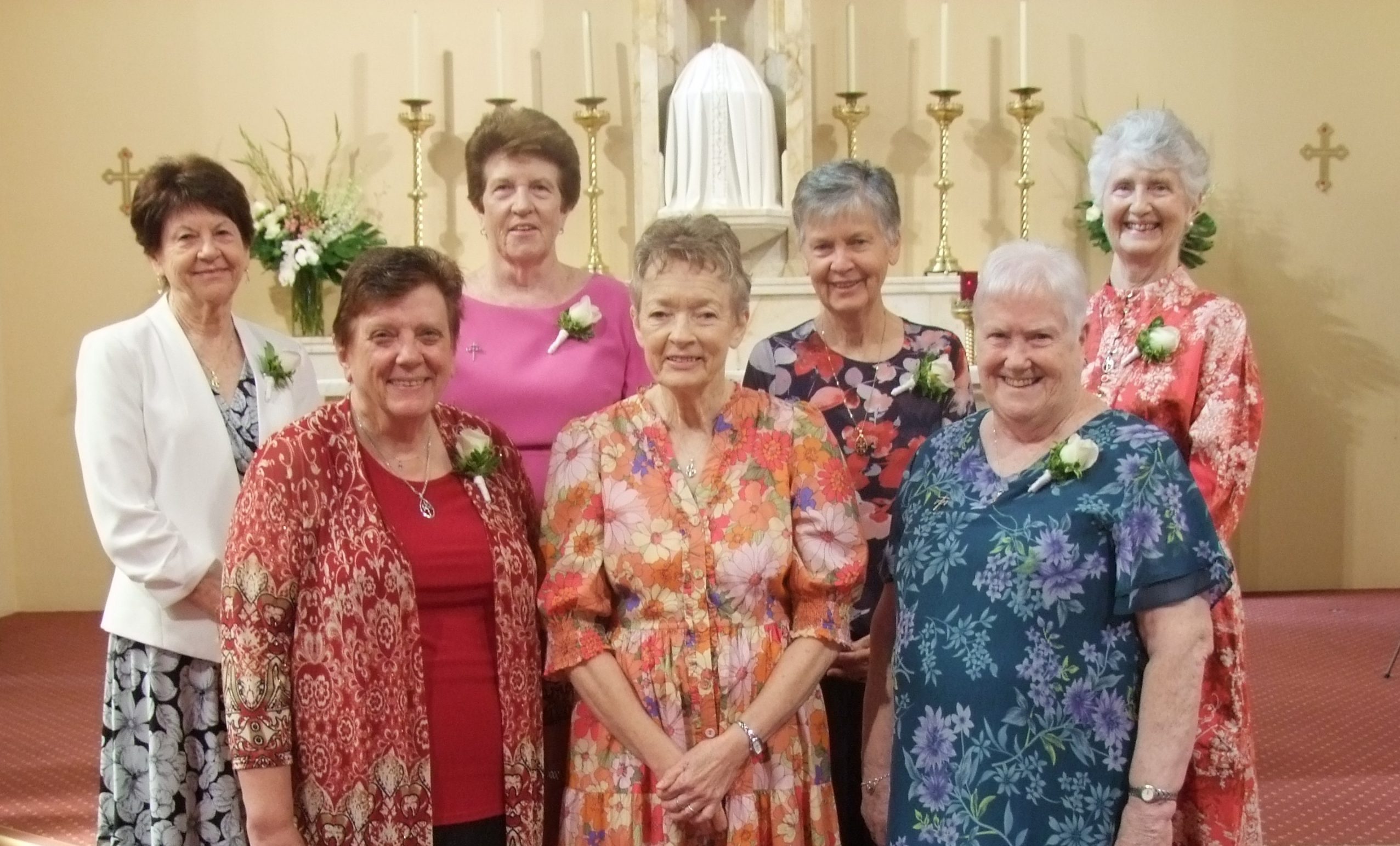
Sr Monica Cavanagh, Congregational Leader of the Sisters of Saint Joseph of the Sacred Heart, joined six fellow Sisters in January to celebrate their Golden Jubilee marking 50 years since their first profession.
The Sisters travelled from across Australia and Peru, gathering with family and friends, to acknowledge their religious life journeys and ministries in education and social justice, parish pastoral care, religious leadership, and working with rural communities.
Epiphany: Christmas Camels
January 6, 2023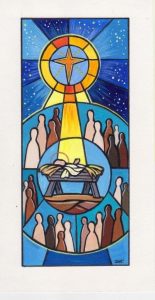
When asked to write about the feast of 6 January called ‘Epiphany’, I discovered that Eastern and Western Churches emphasise different aspects of the theme ‘manifestation’, which is the meaning of the Greek word ‘Epiphany’.
Eastern Churches focus on God’s manifestation of Jesus’ divinity at his baptism and at Cana, where he begins his public ministry. In the West, selected Mass texts highlight the early Church’s conviction that Jesus Christ has significance for all humankind. The gospel of Matthew 2:1-12 narrates the story of the Magi, an encounter between Jesus and three Oriental Wise Men, who, borne by camels, deliberately seek Jesus, bringing gifts and paying him homage.
The commencement of the Western Church’s Epiphany Mass leads towards that gospel of Matthew 2:1-12, a narrative unique to Matthew’s gospel, revealing its author’s intent to portray Jesus as the fulfilment of Israel’s prophecies. The collect prayer invites the assembly to “behold the beauty of sublime glory” embodied in Jesus.
Death of Emeritus Pope Benedict XVI
January 3, 2023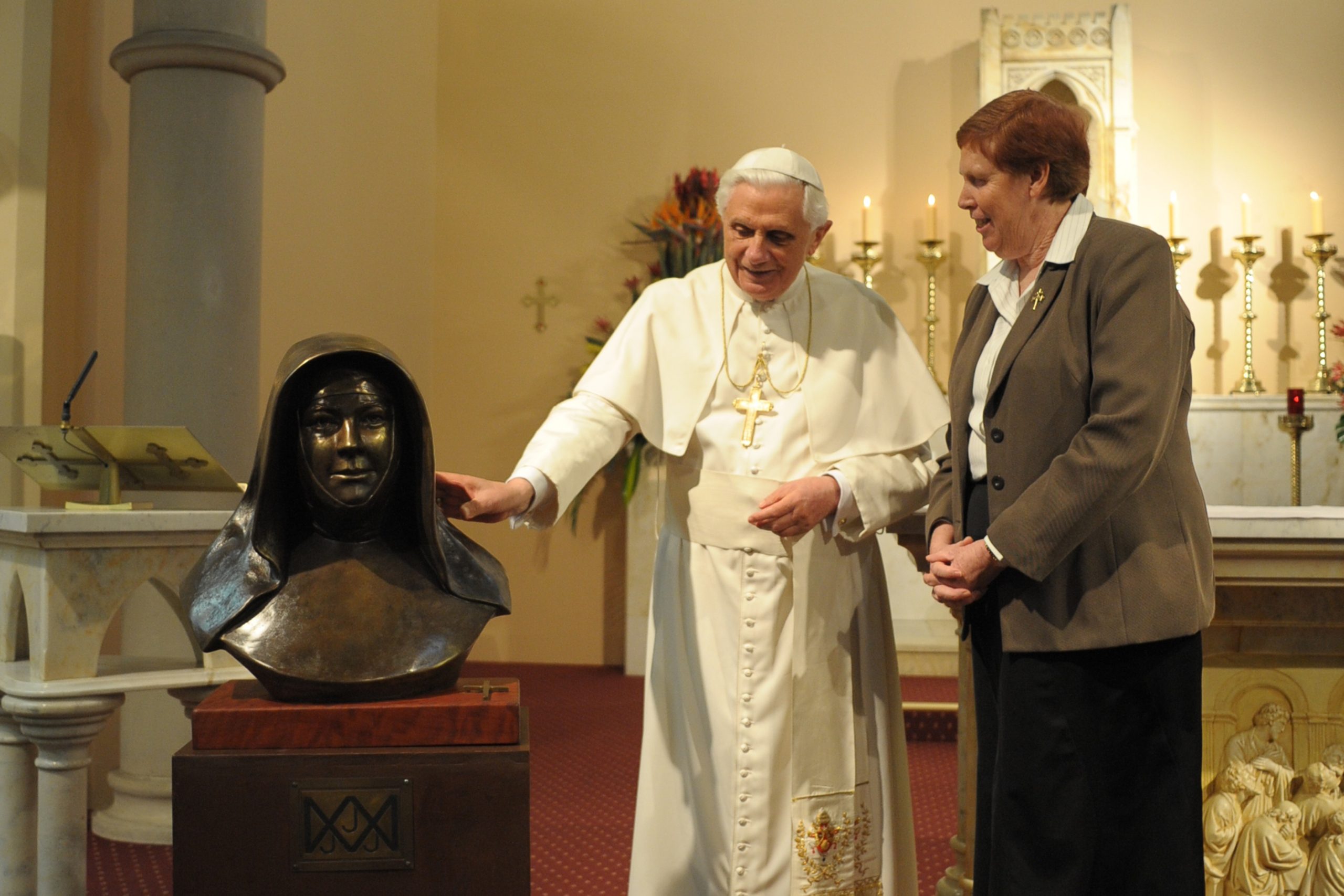
The Sisters remember with fondness his visit to the Mary MacKillop Memorial Chapel (Mary MacKillop Place, North Sydney) during his visit to Australia for World Youth Day 2008 when he prayed at Mary’s tomb and gifted us with a statue of St Joseph.
Pope Benedict seemed to enjoy his conversations with the Sisters, and smiled when Sr Josephine Dubiel shared, in German, that her mother came from a village less than 10km from his own birthplace, Marktl am Inn.
New Year 2023
December 30, 2022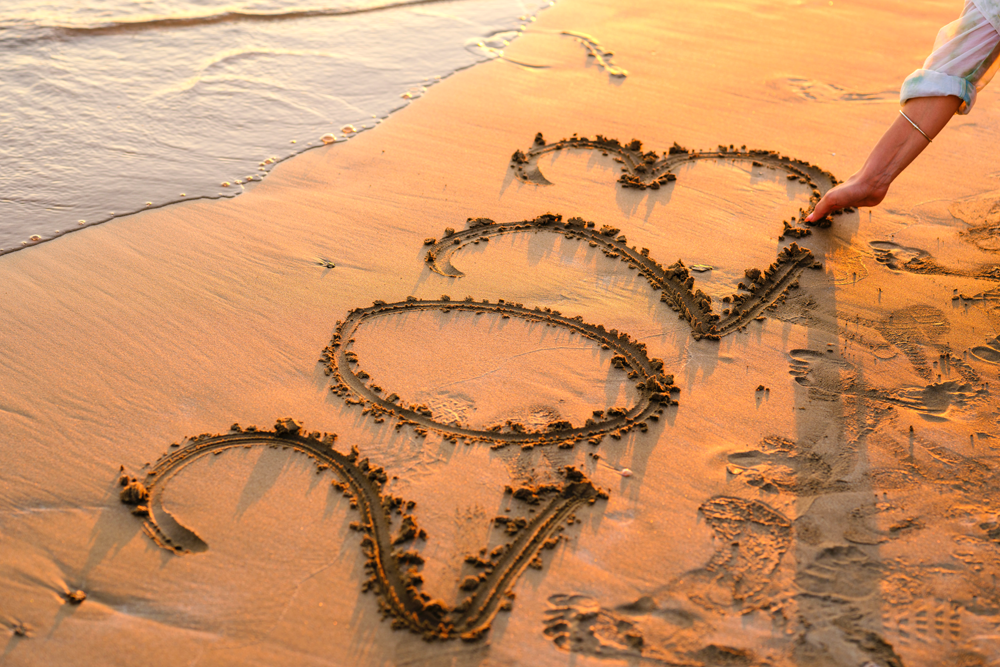
New Year is a time to look back with gratitude for the gifts of 2022 and to open our hearts and minds to receive the gifts that our loving God has waiting for us in the coming year.
As we watch the sun go down on New Year’s Eve, our hearts wait in anticipation for the emergence of the sun rising on this New Year. It holds opportunities and possibilities for each one of us to enable life to flourish for all as we face the crises affecting people, other species, and Earth itself.
Launch of the History of Josephite Companions
December 21, 2022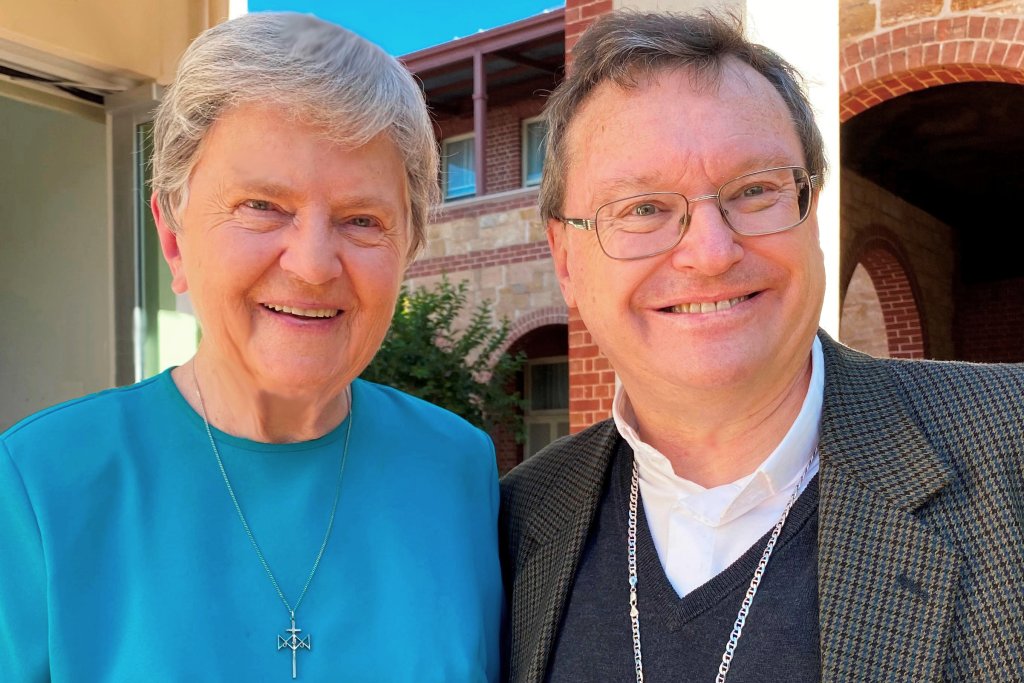
Archbishop Patrick O’Regan launched the book written by Mary Cresp rsj, Evolution of a Movement: Josephite Associates to Josephite Companions 1979 – 2019 at the Regional Centre ‘Bethany’, Kensington, South Australia, on Thursday 1 December.
Since the Archbishop is himself a Josephite Companion, he was able to recall the impact the Sisters, especially at Perthville in New South Wales, have had on his life.
